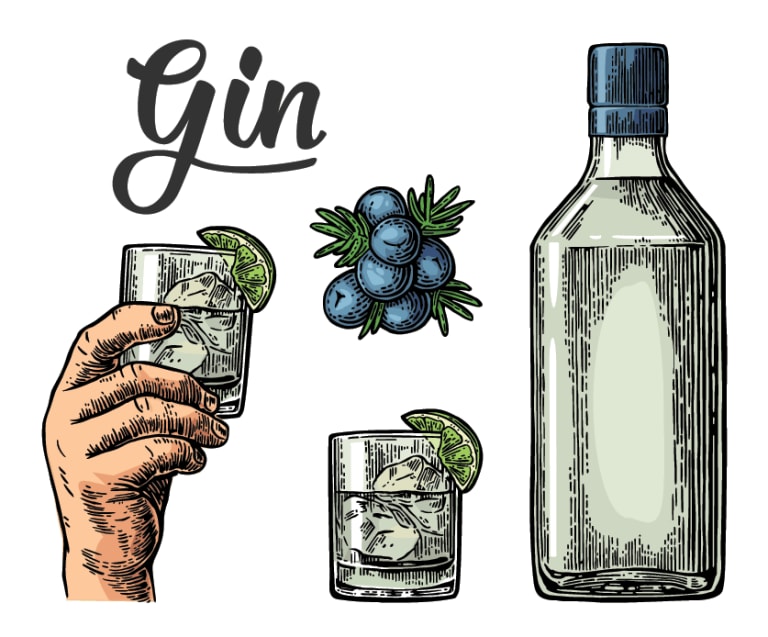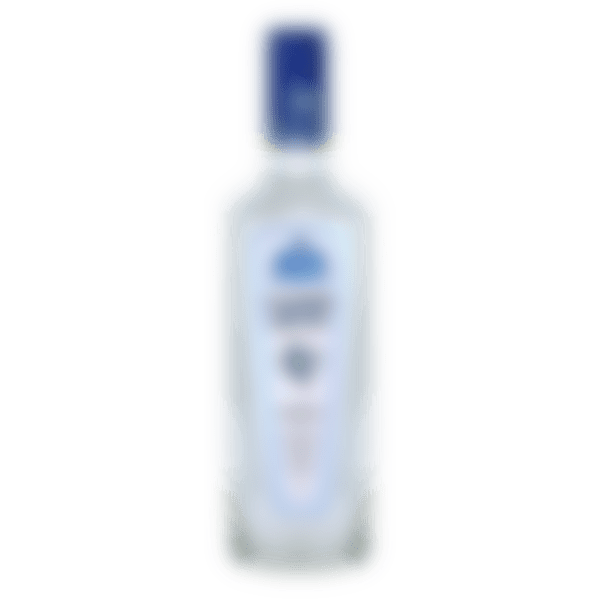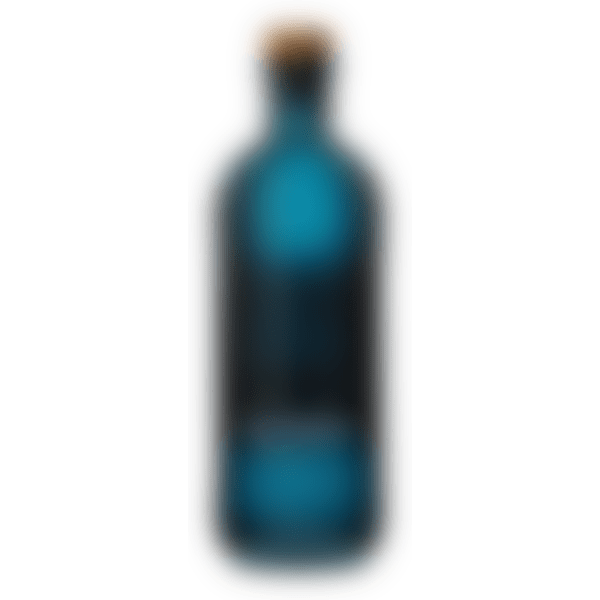10 things you didn’t know about gin
1. The most sold gin worldwide comes from the Philippines
Ginebra San Miguel is the most sold gin brand in the world with over 37 million 9-liter cases sold in 2022. The runner up is Gordon's Gin which came up to 7,7 million cases. Ginebra San Miguel is sold almost exclusively in its domestic market and the country's most popular basketball team bears the same name.
2. London Dry Gin can come from any city or country
London Dry Gin isn't actually a geographical reference but a way of making gin. All London Dry gins must contain only distilled botanicals as opposed to those which have flavors added to them after distillation. Furthermore, they cannot contain any sugar or sweeteners.
3. Gin is a smaller spirit category than what one thinks
Gin sells approximately 60 million 9-liter cases per year which doesn't quite compare to some of the larger players out there. For instance, the Chinese spirit Baijiu sells approximately 450 million cases, vodka 420 million, and whiskey about 302 million annually. As a spirit category, gin is also smaller than soju, rum, brandy, liqueur, and cachaça.

4. London Dry Gin is one of the first slimming regimens
The Swedish word for dieting ('bantning') is derived from the name of an English undertaker, William Banting, who was born in 1776. He was prescribed by his doctor to drastically reduce his diet rich in carbohydrates and an important part of the regimen was to replace sweet spirit with dry gin. As a result, William Banting lost 20 kilos of weight in a year and thereafter the word spread to the women of the Swedish court who quickly adopted the method.
5. Gin is derived from a much older spirit, Genever
Genever is a juniper-flavored spirit that originated in the Netherlands. There are examples of Genever being produced by monks as early as the 13th century and the spirit was mentioned in writing for the first time in the 1260s. Genever was brought to England by soldiers returning from the war between England and Holland between 1552-1584.
6. Juniper berries were used to flavor beer before hops
Juniper is known as the primary botanical in gin but its use in brewing is as old as its use in distillation. The botanical's popularity was due to its claimed medicinal benefits including curing stomachache and preventing plague. Some beer is still today brewed with juniper such as Finland's Sahti, a traditional farmhouse ale.

7. In 1733, a whopping 50 million Gins were produced in London
This results in the production of nearly 60 liters of gin per inhabitant per year. There is a famous copperplate print by William Hoghart from 1751 called Gin Lane, which shows the great social problems caused by the widespread use of gin. The interesting thing is that the painting was used extensively for public education purposes but not by the temperance movement but by the brewing industry which wanted people to drink beer instead.
8. Juniper is a strong diuretic and helps with urinary tract infections
According to many health foods sources, juniper is one of the most potent medicinal plants with among other things powerful antiseptic properties.
9. Gin & Tonic as Malaria medicine
Gin & Tonic is one of the most popular cocktails with an unusual origin story. During the colonial occupation of India, British soldiers were given a daily ration of quinine powder to fight malaria. Quinine on its own, however, has a bitter and unpleasant taste so the soldiers tried mixing the bitter powder with gin finding that the distilled drink smoothed out the sharp taste.
10. Gin is excellent in cooking
While gin makes for some excellent cocktails it's also very useful in cooking. The spirit works exceptionally well with marinating fish or when you want to flambe or flavor any sauces for different game dishes.









